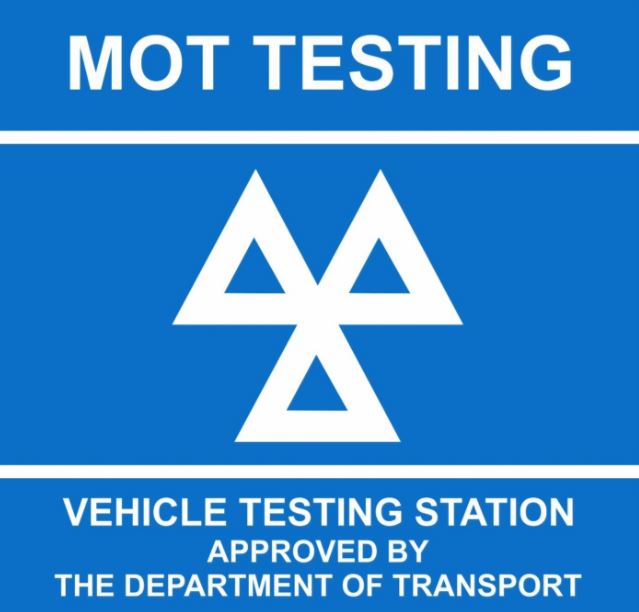Nearly 40% of MOTs fail first time, and far too many are due to a simple avoidable reason. Don’t worry – this is common sense, not mechanical sense. Some of the fails you can sort yourself, others will need professional assistance. Either way, sorting it before the test is usually cheaper.
Almost one in five vehicles fail MOTs due to a bust light bulb. So walk around to check your car’s indicators and headlights, front and back.
The table below, which lists the most common reasons for failing an MOT and what to do about them, has been updated to include new checks now included in the test.
The most common MOT failures – and how to beat them
REASON FOR FAILURE
WHAT % OF MOTS FAILED (1)
CHECKS TO DO BEFOREHAND
Lights 18% Are all lights fully working? Have someone sit in the car while you walk around checking every light – front, rear, headlights and dipped, hazards and indicators and number plates.
Under the changes that came in on 20 May you need to check front fog lights too – plus if your car was first used on or after 1 Sept 2009, check the reverse lights, and if first used on or after 1 Mar 2018, the daytime lights.
If any aren’t working, buy a new bulb for a few quid and replace it. It’s easy in most cars, though a few do make it more complex.
Suspension 12% Check suspension. While a full suspension check is difficult, to see if the shock absorbers have gone, quickly apply your weight to each corner of the car then release. It should quickly settle back.
Brakes 10% Is there tension on the handbrake? Not easy to test yourself, and it’ll need a proper mechanic to fix it. But if your brakes feel loose and unresponsive, or the handbrake slides up without resistance and can’t be ratcheted at a set level, it’s likely there’s a problem.
Under the changes that came in on 20 May you should check the brake wear warning light too if you have one – it’s a light on the dashboard of some cars which comes on when the brake pads have been worn down. If your car’s got one and it’s lit, it could fail an MOT, so get it looked into first.
Tyres 7% Check tyre pressure. To check tyre pressure, look up what they should be, and fill ’em up at a petrol station.
Check tyre tread. This is the depth of grooves for road grip. The legal minimum’s 1.6mm for a car tyre (enough to let surface water slip through). To measure, use the quick 20p tyre test detailed on the TyreSafe website. Pop a 20p coin on its edge into the main grooves of the tyre tread. If the outer rim of the coin is hidden, your tyres should be legal. If you can see it, get them checked.
Windscreen 7% Is the driver’s windscreen damaged? Damage in the driver’s central view should be no larger than 10mm. In the whole of the swept area, it should be no larger than 40mm. If it is, get it fixed pre-test (often this is included with fully-comprehensive car insurance policies).
Windscreen wipers? Front wipers are in the check. They need to clear the windscreen in conjunction with the washers. Under the changes that came in on 20 May, if your car was first used on or after 1 Sept 2009 and it has headlight washers, check they’re working too.
Exhaust 4% Is the exhaust leaking? To check, start the engine (in a well-ventilated place, at normal temperature) and from the rear of the car listen for any unusual noises or abnormal smoke. These indicate a leak, which you should fix before the MOT.
Under the changes that came in on 20 May, if you’ve a diesel car with a diesel particulate filter (DPF), and there’s smoke of any colour coming from the exhaust, it’ll fail, so check it out before you take it to be tested.
Steering 3% Is your steering working properly? Again this isn’t really easy to check for yourself, so if you think the steering is less responsive than it could be, or have noticed any other issues, it’s likely you need to get it looked at. Also check for a warning light.
Fluids N/A(2) Are all fluids topped up and staying put? Check the brake fluid, windscreen washer and oil reserves. Under the changes that came in on 20 May, check for fluid leaks too.
The rest N/A(2) An all-over once-over. Make sure the fuel cap is secure and mirrors are in good condition, and doors, horn, seatbelts, speedo, etc, are all fully functional. Under the changes that came in on 20 May also check no other warning lights are on, and that bumpers and floors are in good condition.
(1) Percentage of first-time MOT fails. Figures released by the DVSA in March 2018 (2) There are no official figures, but we know these are common fails

